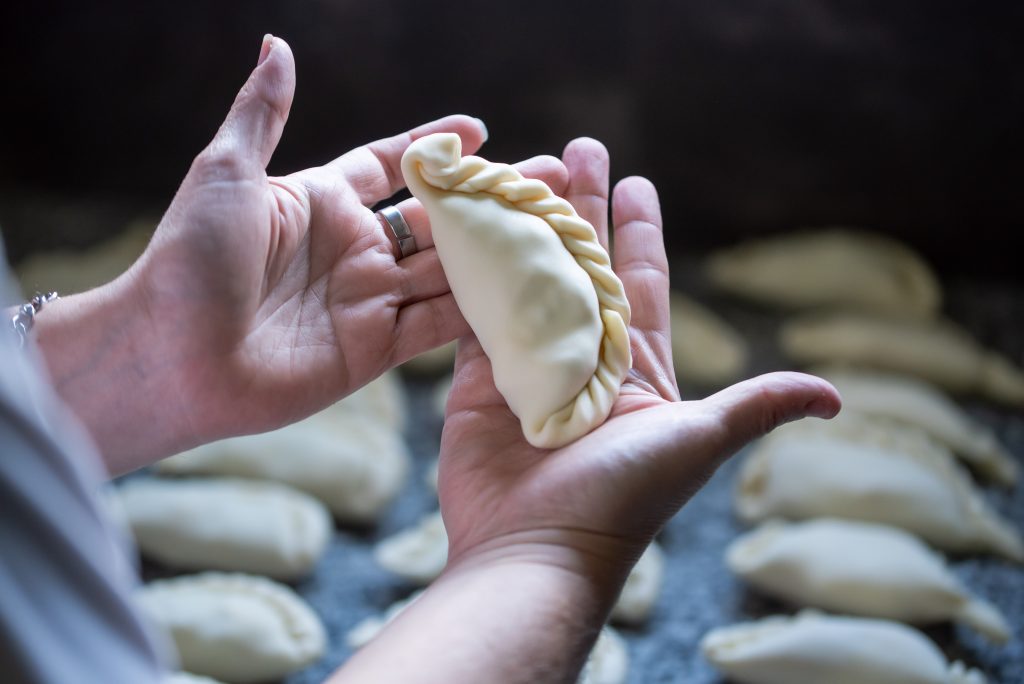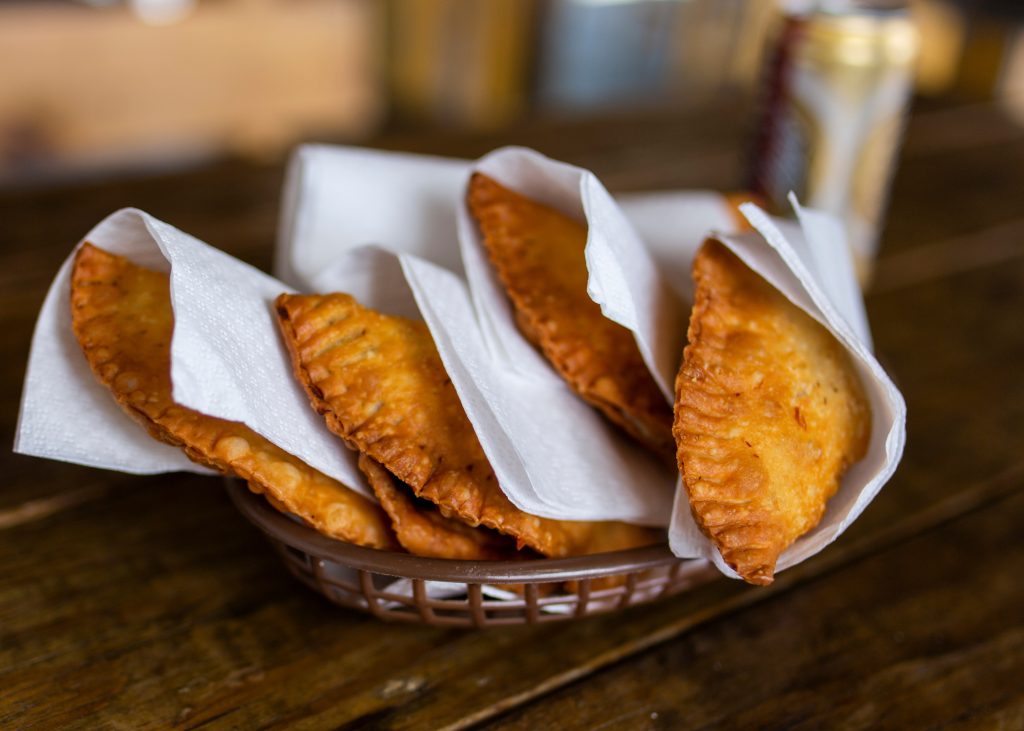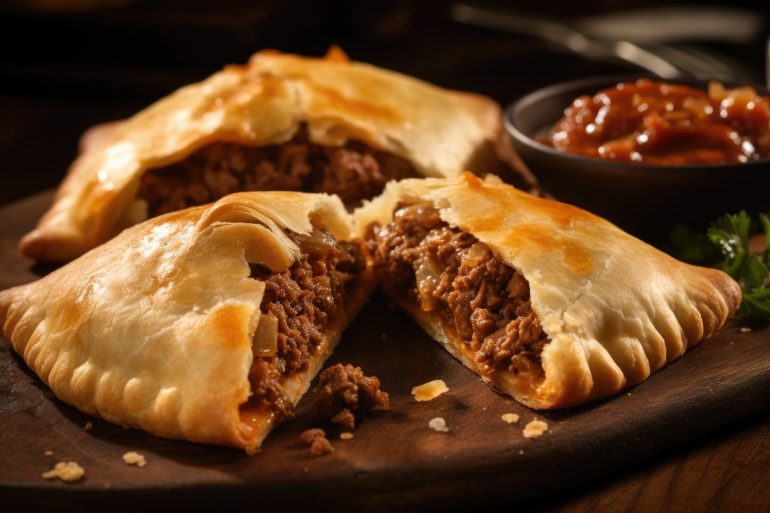4 Ocotber is Empanada Day in Paraguay! Since 1930, every 4 October the country has honoured this culinary treasure that has captured the hearts and taste buds of generations of Paraguayans and food lovers around the world.
The nation’s appreciation for empanadas is evident at first glance: from family kitchens to restaurants, and from street corners to bustling markets, empanadas are a constant presence in Paraguayan daily life. With their rich flavour and multiple variations, they have become part of the country’s cultural identity. More than just food, this pastry represents tradition, community, and pride.
Although empanadas are not originally part of traditional Paraguayan gastronomy, Paraguayans have brought their own creativity to the dish, adapting it to local flavours and cultural tastes. Over time, this has given rise to unique recipes, customs, and ways of enjoying empanadas that reflect the country’s own identity.
The origin of empanadas
Empanadas have a long and fascinating history. Their roots lie in the practice of filling bread with provisions or vegetables, which represented a convenient meal for shepherds and travellers in ancient Persia, centuries before Christ. As this tradition spread across Asia Minor and North Africa, the pastry evolved with different fillings, shapes, and names depending on the region.
In the Middle Ages, the Moors brought empanadas to Spain, alongside syrups, puff pastries, and alfajores. Across the country, these filled pastries became a staple, with particularly famous versions emerging from Galicia, Asturias, El Bierzo, and Cantabria.
When Spanish colonists arrived in the Americas, they brought empanadas with them. In the new lands, these pastries adapted to local ingredients, flavours, and customs, creating countless regional variations. Despite these differences, all empanadas share one key trait: a delicious dough filled with tasty ingredients. Today, empanadas are a beloved food and symbolise cultural diversity across the Americas.


How are empanadas enjoyed?
Although Paraguayans enjoy empanadas at any time of day, they are most commonly eaten before lunch, to prepare the stomach for tereré (a traditional Paraguayan cold infusion made from yerba mate). This tradition of having an empanada as a “snack” before long hours of tereré is known as tereré rupa. The phrase tereré rupa literally translates to “a bed for tereré,” reflecting the belief that drinking tereré on an empty stomach can lead to discomfort.
Paraguayans also enjoy eating empanadas with bread, and, as this combination is a favourite for tereré rupa, it has earned a special traditional name: sanwinada. The word is a blend of “sandwich” and “empanada,” creating the unique sanwinada that is so beloved across the country.
Across the nation, they are filled with a wide variety of ingredients, from meat, chicken, and ham with cheese, to corn, vegetables, and countless others. This pastry is a true invitation for creativity and tradition.
A perfect example is the cassava empanada, known as pastel mandi’o, made from mashed cassava dough and maize flour, and filled with seasoned meat, hard-boiled eggs, and parsley.
Another authentic Paraguayan pastry is the empanada de cecina, declared recently part of Paraguay’s Intangible Cultural Heritage by the National Secretariat of Culture (SNC), Beyond showcasing traditional flavours, it serves as a reminder of the nation’s history and the resilience of its people. At the same time, it embodies Paraguayan identity, filled with pride and a deep appreciation for their culture and traditions.
Celebrations in Paraguay
In Paraguay, this day does not go unnoticed. Across the country, in shops, businesses, and on social media, empanadas take centre stage. Promotions, special offers, events, and gatherings ensure that this beloved pastry dominates the day.
Many people take advantage of discounts to enjoy this traditional food, enter giveaways, or even participate in empanada tours to discover which version is the most flavourful. It’s a day that celebrates not just a favourite food and popular tereré rupa, but also a culinary heritage rooted in community, tradition, and joy.


